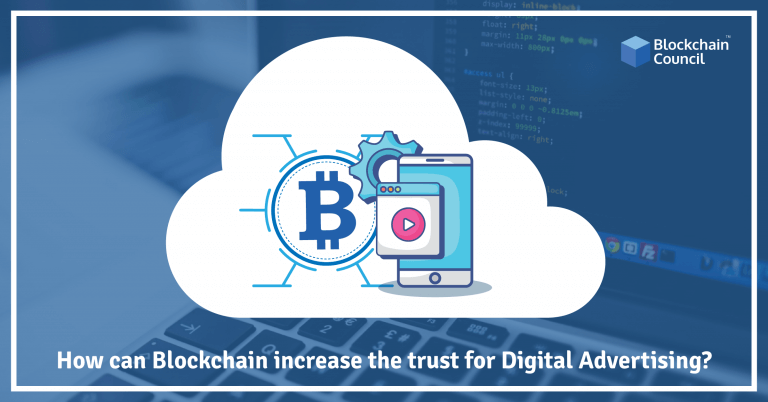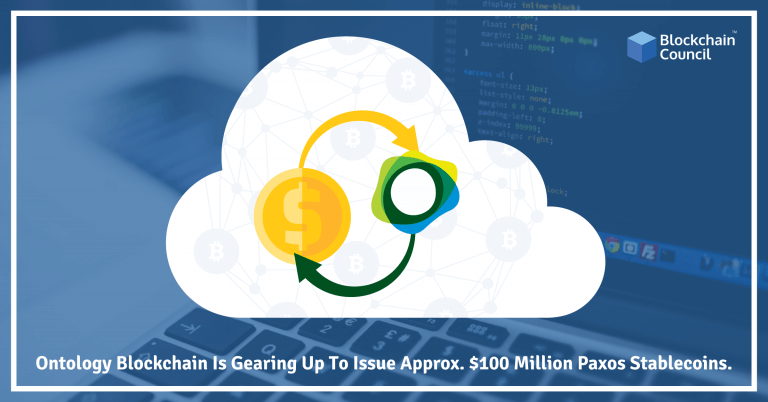
- Toshendra Kumar Sharma
- October 16, 2018
Blockchain technology has been labelled as the most hyped phenomenon of 2018. It is anticipated that by the end of 2018, 2.1 billion dollars would have been invested in this technology. It aims to disrupt all industries and revolutionise them with greater efficiency through decentralisation and an increase in trust by providing complete transparency.
One of the industries facing a lot of trust issues lately is digital advertising. Whether you use your mobile, laptop, computer, tablet etc. for 10 minutes or 1 hour, you are bound to come across advertisements with every digital footprint you leave. And, if you are like me, then you have been occasionally distracted by millions of ads until now. It’s like a web with a layer upon layers of subsidiaries who collect, harvest and distribute the data obtained from users among themselves.
There is no escape from digital ads of any and every kind. But the real question is, can Blockchain make digital advertising trustworthy for users? The answer to this lies within Blockchain Technology itself. It is an immutable, distributed and transparent ledger that cannot be altered in any way. This means that once any piece of data is stored on a distributed peer-to-peer network, it becomes immutable. It cannot be modified or tampered. Being publicly visible it also provides complete transparency. Moreover, it can reduce the frauds related to digital advertising as well as increase cost-efficiency.
Digital Advertising can be transformed with the help of Blockchain technology in two key areas of conflict.
-
Eliminating Online Fraud
Blockchain empowers the customer by providing a digital ledger system for tamper-proof transparency of every product that moves through the supply chain. This ensures that buyers can trace the product back to where it came from, who handled it, whether it’s legitimate or a fake copy and if it came from an online auction or a retail store etc. It leaves no room for fraud of any kind thus improving trust in digital ad buys.
It also allocates an identification tag to each digital asset so that advertisers can audit and proactively search each transaction by intermediaries, to avoid deceit of any kind. It also saves advertisers from bots since a lot of money goes into waste in impressions which are functioning through bots.
-
Diminishing the gap between Advertiser and ad Publisher
In any digital advertising setup, there are a lot of intermediaries who are considered very valuable due to better market reach, a market intelligence of publishers’ network, and channelizing capabilities. Blockchain Technology can help us to see through this flawed version of the intermediaries truth as it provides transparency and direct visibility into the marketing reach of ad exchanges and publishers along with smart contracts. With publishers establishing a direct link with advertisers, it leads to a simplified digital advertising ecosystem, newer revenue and operating models, and cost savings for both the parties, while providing advertisers faster feedback for course corrections.
-
Unique Digital Identity
Fake and multiple personalities, as well as innumerable bots, have a hold in the digital society. Whereas identities on a blockchain platform are unique with a great deal of individual data, and also, offer the vital link important for the transfer of digital assets.
-
Improved Data Privacy and Safety
With ample reports suggesting how Google and Facebook are making a fortune pitching user data to organisations that require it; hence people are also becoming more aware and vigilant when it comes to sharing any personal information. Blockchain empowers users to have control over the data they are sharing/selling with search engines, social networks, and email services etc.
Hence Blockchain has the potential to transform the advertising industry, among many others. IBM CEO Ginni Rometty thinks that blockchain could do for the transactions what the internet did for communications. With Blockchain there will be trust, security, and transparency in the entire value chain, to eliminate the inefficiencies in the current digital advertising model and drive higher value for publishers and advertisers.



































































 Guides
Guides News
News Blockchain
Blockchain Cryptocurrency
& Digital Assets
Cryptocurrency
& Digital Assets Web3
Web3 Metaverse & NFTs
Metaverse & NFTs
